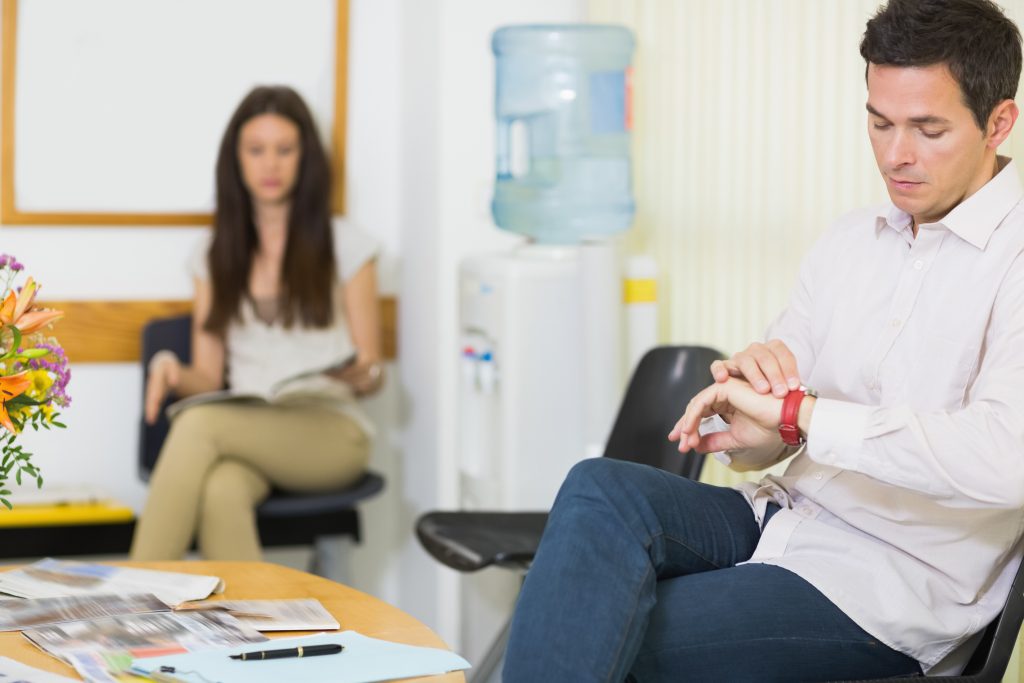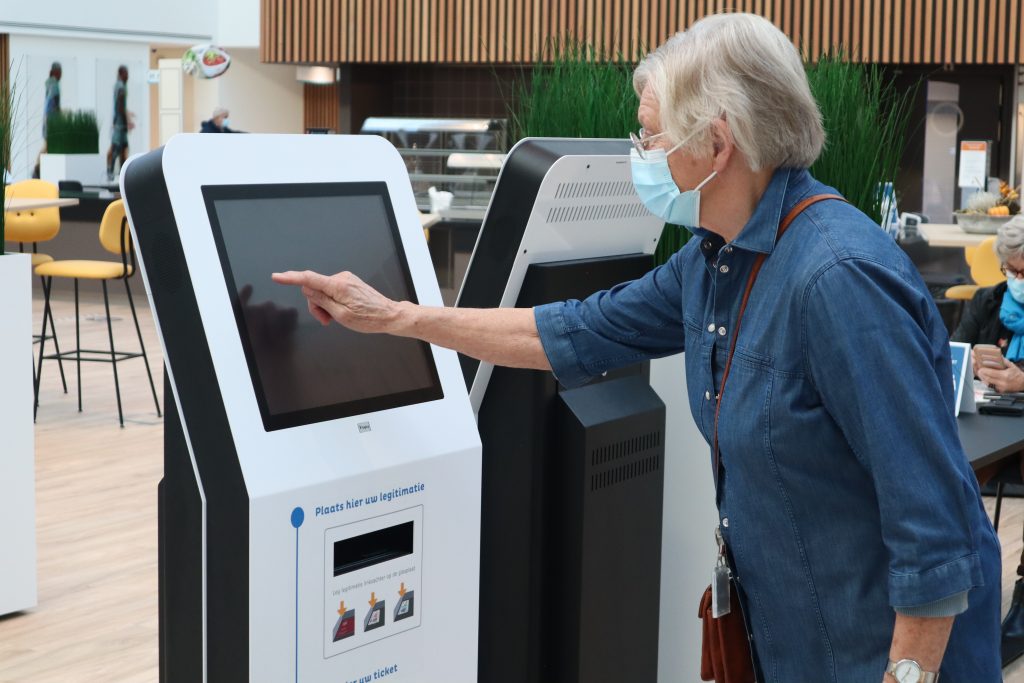Whitepaper: Zoektocht naar balans tussen gastvrij en veilig
The scenario of the second Coronavirus wave has presented itself. Once again, this is having a major impact on hospital care in the Netherlands. In the case of ongoing regular healthcare appointments, the Coronavirus measures have not only had a significant impact on the reception processes, but also on the visitor’s experience within the hospitals and the pressure on personnel. Is it still possible to continue receiving patients and visitors safely, as well as maintain hospitality in this new reality?
In deze blog vertellen wij je hier meer over. Onderaan het artikel kun je onze whitepaper downloaden om te lezen hoe een ‘visitors journey’ in kaart wordt gebracht. Ook lees je hoe je als organisatie de reis kunt digitaliseren.
During the course of last spring, many newspapers published articles about patients, as well as hospitals that cancelled non-urgent appointments due to fear of COVID-19 infection. This came with a wide range of ramifications. In spite of all the measures that have been implemented and the associated safety guarantees, those fears continued to dominate. It is crucial, now, during this second wave, when hospitals are forced to downscale their regular healthcare services, to prevent regular care from coming to a complete standstill. Hospitals can therefore benefit from finding a balance whereby patients needing regular care can still be received with reassurance, even under these difficult circumstances.
Influence behaviour
All the hospitals have already implemented adequate measures. Most visitors (patients, clients, supervisors, etc.) have meanwhile gotten used to the cordoned-off zones with the black and yellow tape, the plexiglass shields and the stickers on the chairs in the waiting room. Although most people understand this, it does not really serve to create a customer-friendly environment. The entire situation around COVID-19 also influences visitor behaviour and perception. Some people respond fearfully or with heightened agitation. These measures therefore do not really contribute to a customer experience that can reasonably be described as hospitable and welcoming.
Fed-up with the rules
Another important factor is that some visitors are starting to pay less attention. The daily practice has shown that - even during these times - the one-and-a-half metre rule and the rules about the maximum number of visitors in a space are all too easily violated. Some people are fed-up with the rules and others are simply at a loss about how to behave. This often creates irritation amongst those visitors who do accept responsibility for the rules. In short, all this simply serves to elevate the general stress levels.
The absence of clear directives, for example, about the obligation to wear face masks, also results in a host of different interpretations. In contrast to what happened in the spring, many healthcare workers were even confronted with (verbal) violence during the second wave.
Managing the visitor flow
As an organisation, you are bound to take responsibility for protecting the health of everyone, including visitors and your own personnel. It makes the management of patient and visitor flow a major challenge in this new reality. It also presents a new dilemma to organisations. How is it possible to manage the measures and guarantee safety without significantly compromising the visitor experience? The one-and-a-half metre rule will almost certainly be around for a while still; so, a structural, customer-friendly, and future-resistant solution is required.
Mapping it all out
Mapping out the entire journey followed by the different types of visitors, from making an appointment to the actual visit to the polyclinic or blood test, makes it clear where exactly the contact moments are and the opportunities for digitising them. As an organisation, you could set up your communication system to ensure that your visitors will arrive better prepared. Digitising the different steps not only makes it possible to manage expectations, but also to manage the number of people at any given location, as well as limiting the contact between personnel and visitors to a minimum. That way, you can remove part of the uncertainty, the unnecessary waiting time and irritation, and thereby also improve the visitor experience. This results in higher customer satisfaction and a sense of security, even during these Coronavirus times.
Digitising the visitor’s journey
Download onderstaand de whitepaper om te lezen hoe een ‘visitors journey’ in kaart gebracht wordt en op welke manier je als organisatie die reis kunt digitaliseren. Met een integrale benadering die thuis al begint en via goede informatie-uitwisseling, van afspraakbevestiging, via digitaal aanmelden tot geavanceerd wachtrijmanagement die bijdraagt aan een positieve bezoekerservaring en veilige ontvangst.
Benieuwd naar meer informatie over dit onderwerp? Bekijk dan ook het free webinar about this topic.





